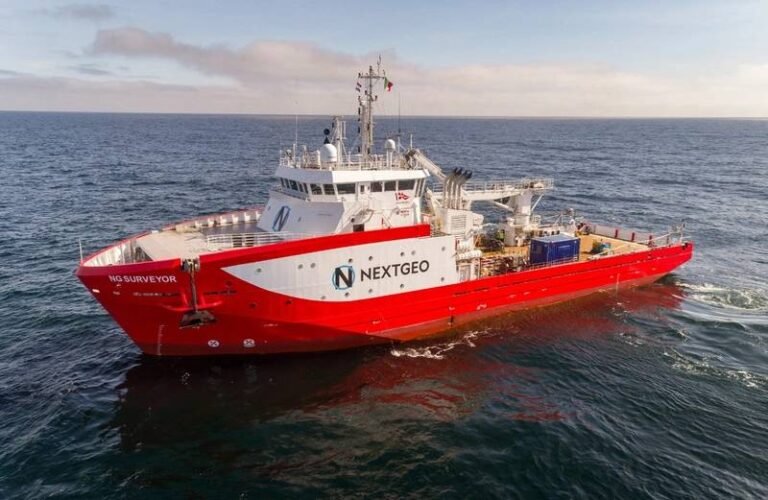Next Geosolutions Secures Contracts for Bay of Biscay Interconnection Project and Dutch Offshore Wind Farms
Italian offshore services provider Next Geosolutions (NextGeo) has recently announced the acquisition of two new contracts from Prysmian, totaling $23.5 million. These contracts involve providing services for the Bay of Biscay interconnection project and offshore wind farm developments in the Netherlands.
Bay of Biscay Interconnection Project
NextGeo’s first contract pertains to the Bay of Biscay interconnection project, which entails the installation of an HVDC cable system connecting coastal areas of Spain and France. The contract encompasses route preparation activities to be carried out between 2025 and 2027, including a range of seabed services to facilitate the subsequent cable installation phase led by Prysmian.
The scope of work involves interventions such as Boulder Removal, Pre-Lay Grapnel Run (PLGR), installation of protective mattresses, and a Pre-Lay Survey. These activities are crucial in ensuring optimal seabed conditions for the safe and efficient installation of the HVDC cable system.
Offshore Wind Farm Developments in the Netherlands
The second contract focuses on providing marine survey services in offshore and nearshore areas of Dutch waters for the future offshore wind farms IJmuiden Ver Alpha and Nederwiek 1. Scheduled between 2026 and 2027, the operations will include geophysical and UXO surveys to gather essential data for the final design phase of cable installation.
These surveys are vital for ensuring the safe and smooth execution of installation operations, minimizing risks of interference or unforeseen seabed conditions. The project aligns with the Netherlands’ Offshore Wind Roadmap 2030, aiming to develop a sustainable subsea electrical network for transporting renewable energy to the national power grid.
CEO of NextGeo Group, Giovanni Ranieri, expressed enthusiasm about the company’s involvement in these flagship initiatives, stating, “Our technical and operational expertise in complex environments allows us to contribute to the deployment of safe, resilient, and sustainable energy infrastructure.”

